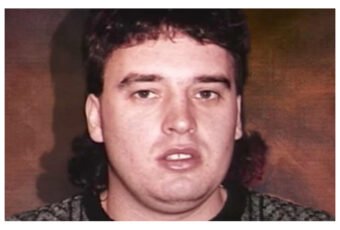In the heart of Boston, where dreams are meant to flourish, a young woman’s life was brutally cut short. The summer of 1996 should have been a time of adventure and new beginnings for Karina Holmer, a 20-year-old Swedish au pair. Instead, it became the backdrop for one of the most haunting and perplexing murder mysteries in the city’s history. Nearly three decades later, the case remains unsolved, leaving a trail of unanswered questions and shattered lives in its wake.
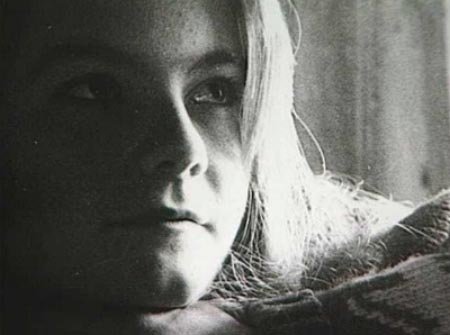
Karina’s journey to America began with a stroke of luck. In March 1996, the vibrant 20-year-old won 10,000 Swedish crowns (approximately $1,500) in a lottery. For many, such a windfall might mean a shopping spree or a luxurious vacation. For Karina, it was a ticket to chase the American dream.
With her winnings, she arranged to travel to the United States through an au pair agency. Her destination: the affluent town of Dover, Massachusetts, just outside Boston. There, she would care for the young children of Frank Rapp, an esteemed photographer, and his wife Susan Nichter, a painter.
The American Dream Begins
Karina’s early days in America seemed to embody everything she had hoped for. She quickly adapted to her new role, earning the affection of the children she cared for. On her weekends off, she embraced the vibrant nightlife of Boston with a group of fellow au pairs, experiences far removed from her small-town life in Sweden.
To those around her, Karina appeared to be living her best life. She was adventurous, armed with a fake ID, and had access to her employer’s South Boston studio apartment. The city’s clubs became her playground, where she and her friends would dance and drink until the early hours of the morning.
Shadows on the Horizon
But shadows were beginning to form beneath the surface of this seemingly idyllic new life. The once bright and optimistic letters Karina sent home to Sweden began to take on a darker tone. She expressed to her family that she was considering cutting her trip short, hinting that life in America was not living up to her expectations.
In a particularly ominous letter to her friend Ulrika Svensson, Karina wrote: “Something terrible has happened. I cannot tell you right now what it is, but I will tell you when I get home.” These words would later haunt investigators and loved ones alike, as Karina would never have the chance to explain their meaning.
The Night Everything Changed
On the night of June 21, 1996, Karina and her friends prepared for a night out at Frank Rapp’s loft apartment. Their destination was Zanzibar, a popular club next to Boston Common. It was a celebration of the summer solstice, a night that should have been filled with joy and laughter.
As the night wore on, witnesses reported that Karina became heavily intoxicated. Around 3:00 AM, she was asked to leave Zanzibar. Rather than protesting, she left willingly. At approximately 3:20 AM, she was seen dancing and singing in an alley outside the club with a homeless man. Most of her friends had already departed, leaving Karina alone in the early morning hours of a city she was still getting to know.
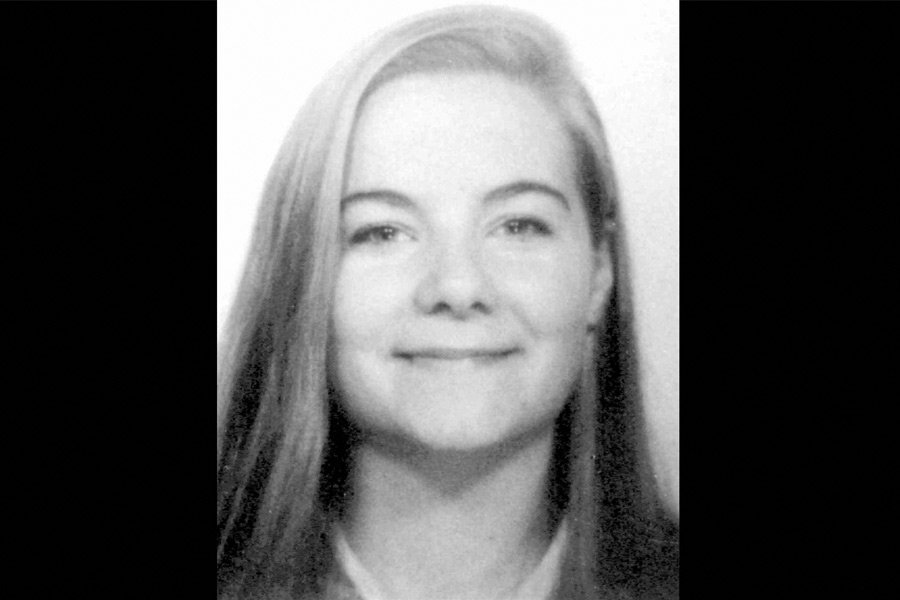
The last confirmed sighting of Karina Holmer alive was at the intersection of Tremont Street and Boylston Place. After that moment, she vanished into the night, leaving behind a mystery that would baffle investigators for decades to come.
A Grisly Discovery
Two days later, on June 23rd, Boston’s Back Bay neighborhood became the scene of a horrifying discovery. A homeless man, sifting through a dumpster in search of recyclables, came across a dark green trash bag that was unusually heavy. Curiosity led him to tear open the bag, revealing contents so shocking that he ran down Boylston Street, screaming for help.
When Boston Police, led by Detective Thomas O’Leary, arrived at the scene, they were confronted with a sight that would haunt them for years to come. The trash bag, weighing 48 pounds, contained the upper half of a young woman’s body. The victim’s arm was visible, her manicured hands and polished nails a stark contrast to the brutality of her fate.
The lower half of the body was nowhere to be found, despite an extensive search of the area and other dumpsters throughout the city.
The Investigation Begins
As news of the gruesome discovery spread, panic gripped the city of Boston. The investigation that followed was one of the most intensive in the city’s history, involving not only local law enforcement but also the FBI’s Behavioral Sciences Unit.
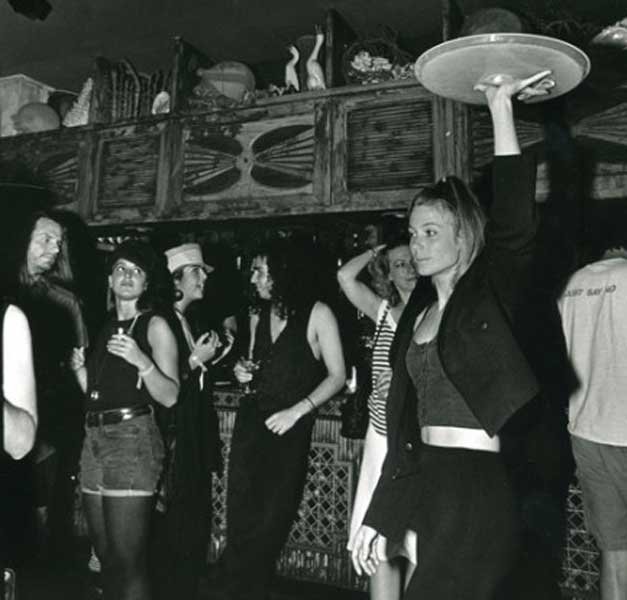
Key findings from the initial investigation included:
- Clear markings on Karina’s neck indicated strangulation by rope or cord, later confirmed by the autopsy.
- The body had been cleanly bisected, likely using an electric saw.
- Karina’s remains had been washed before being wrapped and discarded.
- A partial fingerprint was lifted from the trash bag, offering a glimmer of hope for identifying the killer.
Investigators pursued numerous leads:
- They attempted to trace the brand and manufacturer of the trash bag.
- All local bodies of water were searched for the missing lower half of Karina’s body.
- Cadaver dogs were brought to Frank Rapp’s A Street loft apartment, though they found nothing suspicious.
- Over 300 individuals were interviewed in connection with the murder.
Suspects and Theories
As the investigation progressed, several individuals came under scrutiny:
Frank Rapp
Karina’s employer became a primary suspect, despite what appeared to be a solid alibi corroborated by his family. Several factors kept investigators’ attention on Rapp:
- Shortly after Karina’s body was found, police responded to a fire in a dumpster outside Frank and Susan’s condo. Charred clothing was recovered but determined not to be Karina’s.
- Frank had obtained a permit to dump trash at the Dover, MA transfer station the day after Karina went missing.
- Rumors circulated about a possible physical relationship between Karina and Frank.
- Former nannies employed by the couple came forward with claims of Frank’s inappropriate behavior.
These elements, combined with Karina’s ominous letters home, led some to speculate about a possible unwanted pregnancy or other secret Rapp might have been concealing. Despite intensive investigation, Frank Rapp was never arrested but remains a suspect to this day.
John Zewizz
The frontman of a band called Sleep Chamber was questioned due to his frequent presence at Zanzibar and the proximity of his apartment to where Karina’s remains were found. Zewizz’s eccentric lifestyle, including a large animal bone collection and his band’s focus on S&M themes, initially drew suspicion. However, no concrete evidence linked him to Karina, and he was ultimately ruled out as a suspect.
Herb Whitten
Identified as someone seen speaking to Karina on the night of her disappearance, Herb Whitten’s habit of prowling the streets as bars closed to pick up intoxicated women made him a person of interest. His distinctive appearance – always accompanied by a large white dog and wearing a Superman t-shirt – made him easily identifiable.
Police questioned Whitten but excluded him as a suspect when it was discovered he had received a speeding ticket on his way back to Andover on the night in question. Tragically, Whitten died by suicide within a year of Karina’s murder.
Gregory Hummel
In December 1996, Gregory Hummel was arrested for kidnapping and attempted rape in Boston. The fact that he had met his victim at Zanzibar, the same club Karina had visited on her last night alive, piqued investigators’ interest.
Hummel’s background in real estate brokerage in the Back Bay area meant he had access to various properties and tools that could potentially be used to commit and cover up a crime like Karina’s murder. Despite these suspicious circumstances, Hummel was never arrested in connection with Karina’s case and continues to work as a real estate agent in the greater Boston area.
Profiling the Killer
The FBI’s Behavioral Sciences Unit provided a profile of the killer that challenged initial assumptions. Contrary to public speculation about a serial killer, forensic psychologists suggested:
- The perpetrator might be an inexperienced, first-time offender.
- The bisection of Karina’s body could have been done to hide evidence or out of necessity for disposal, rather than as a signature of a serial murderer.
- The killer might suffer from mental illness and could be tempted to act again.
This profile shifted the focus of the investigation, but ultimately did not lead to a breakthrough in the case.
Enduring Questions
Nearly three decades later, Karina Holmer’s murder continues to raise haunting questions:
- Where was Karina killed? The lack of a crime scene has baffled investigators. Some speculate that the noise of Boston’s ongoing “Big Dig” construction project could have masked the sound of an electric saw used to dismember the body.
- What was the motive? The brutal nature of the crime against such a well-liked young woman remains incomprehensible to many.
- What happened to the lower half of Karina’s body? Despite extensive searches, this crucial piece of evidence has never been found.
- What was the “terrible thing” Karina referred to in her letter home? This cryptic message continues to fuel speculation about what might have led to her tragic end.
The Impact of Unsolved Mystery
The unresolved nature of Karina’s murder has left an indelible mark on all those connected to the case:
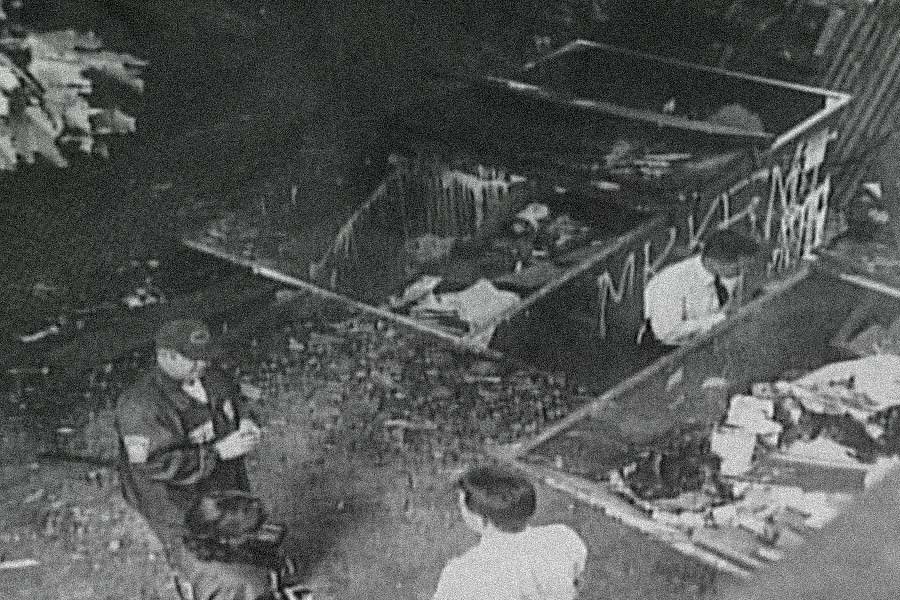
- For Karina’s family, particularly her father Ola, the pain of loss is compounded by the lack of closure. Each year, as Sweden celebrates Midsommar, Ola visits his daughter’s grave, placing flowers and remembering the vibrant young woman who left home full of hope.
- The investigators, especially Detective Thomas O’Leary, carry the weight of the unsolved case. O’Leary’s conversation with Ola Holmer, where the grieving father asked, “What am I getting back?” remains a poignant reminder of the human cost of this tragedy.
- Boston itself was changed by the crime. The Zanzibar club, where Karina spent her last night, closed down in the aftermath of the murder. The location has changed names and management multiple times but remains unoccupied, a silent testament to the shadow cast by the unsolved crime.
The Search for Justice Continues
Despite the passage of time, the search for Karina Holmer’s killer continues. Advances in forensic technology offer hope that new evidence might emerge. The partial fingerprint found on the trash bag, once a dead end, could potentially yield results with improved analysis techniques.
Cold case units periodically review the evidence, hoping that a fresh perspective might uncover a previously overlooked clue. The case has been featured on various true crime shows and podcasts, keeping it in the public eye and potentially reaching someone with crucial information.








